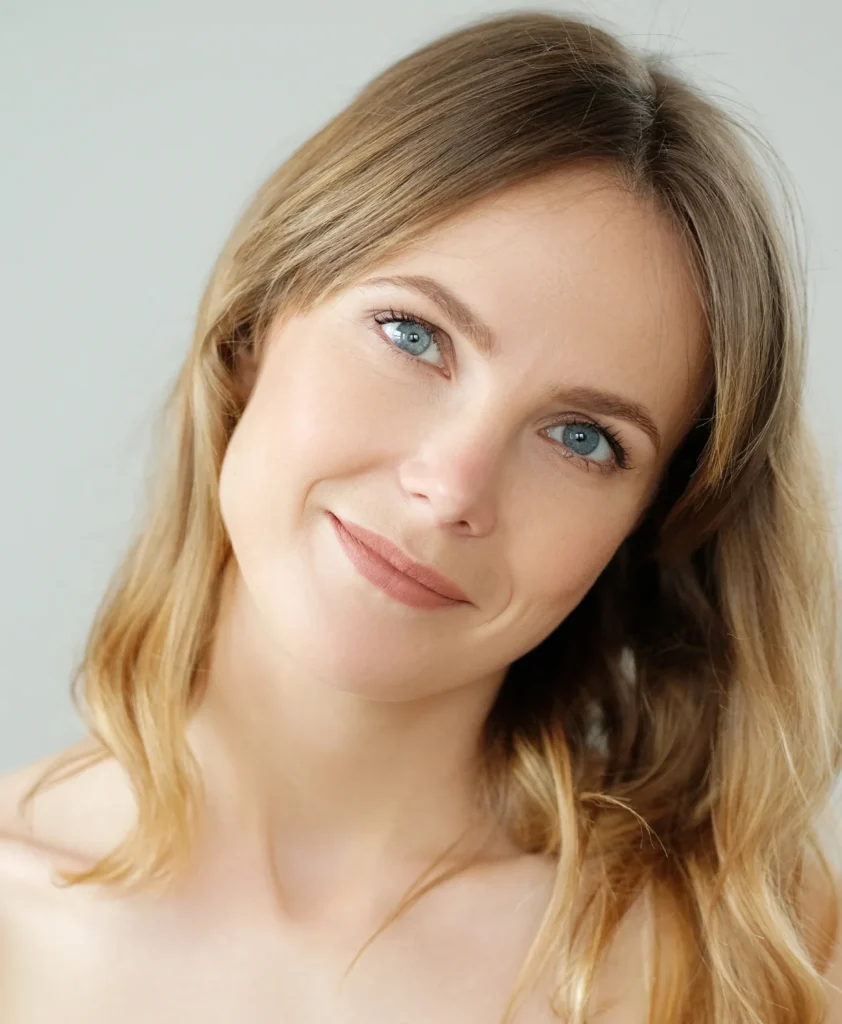Refine your profile. Improve your breathing. Reshape with purpose. Rhinoplasty is one of the most transformative facial procedures—designed to reshape the nose for improved harmony, balance, and in some cases, better breathing. Whether you’re correcting a dorsal hump, refining a bulbous tip, straightening a crooked bridge, or resolving breathing issues, this surgery is customized to your unique facial structure and goals. With precision and artistry, we offer results that look natural, feel balanced, and don’t look “surgical.” It’s not about creating someone else’s nose—it’s about bringing out the best in yours.
Schedule Your Appointment
Secure Your Appointment in Just a Few Clicks.
Schedule Your Appointment
Secure Your Appointment in Just a Few Clicks.
- Home
- About Us
- Procedures
- Testimonials
- Before/After
- Liposuction Before/After Results
- Tummy Tuck Before/After Results
- Gynecomsatia Before/After Results
- Breast Augmentation Before/After Results
- Facelift Before/After Results
- Brazilian Butt Lift Before/After Results
- Fat Transfer Before/After Results
- Double Chin Before/After Results
- Hair Transplant Before/After Results
- Nose Surgery Before/After Results
- Hemangioma Before/After Results
- Ear Correction Before/After Results
- Videos
- Blog
- Contact Us
- +92 300 101 4047
- Our Locations
Schedule Your Appointment
Secure Your Appointment in Just a Few Clicks.










